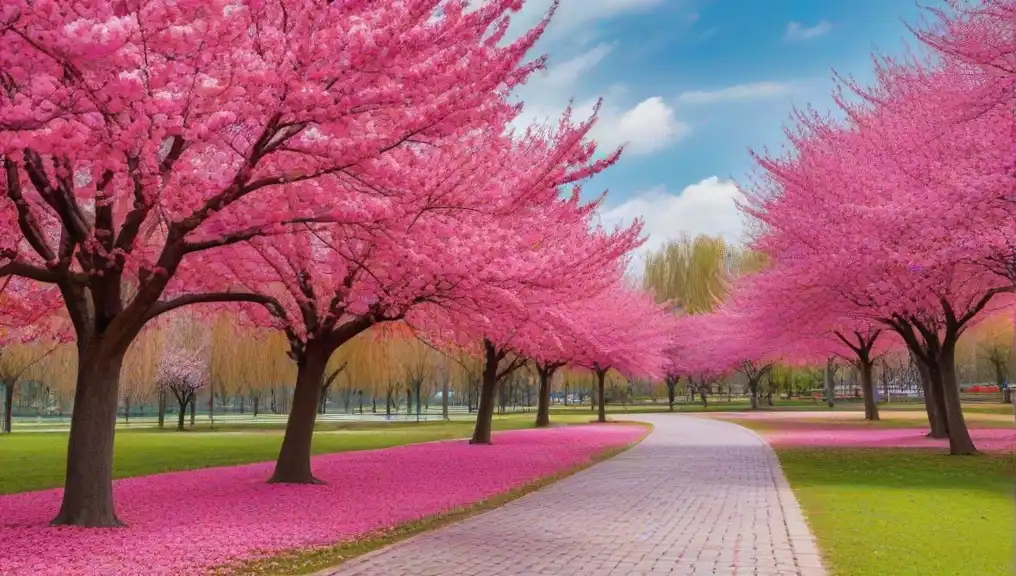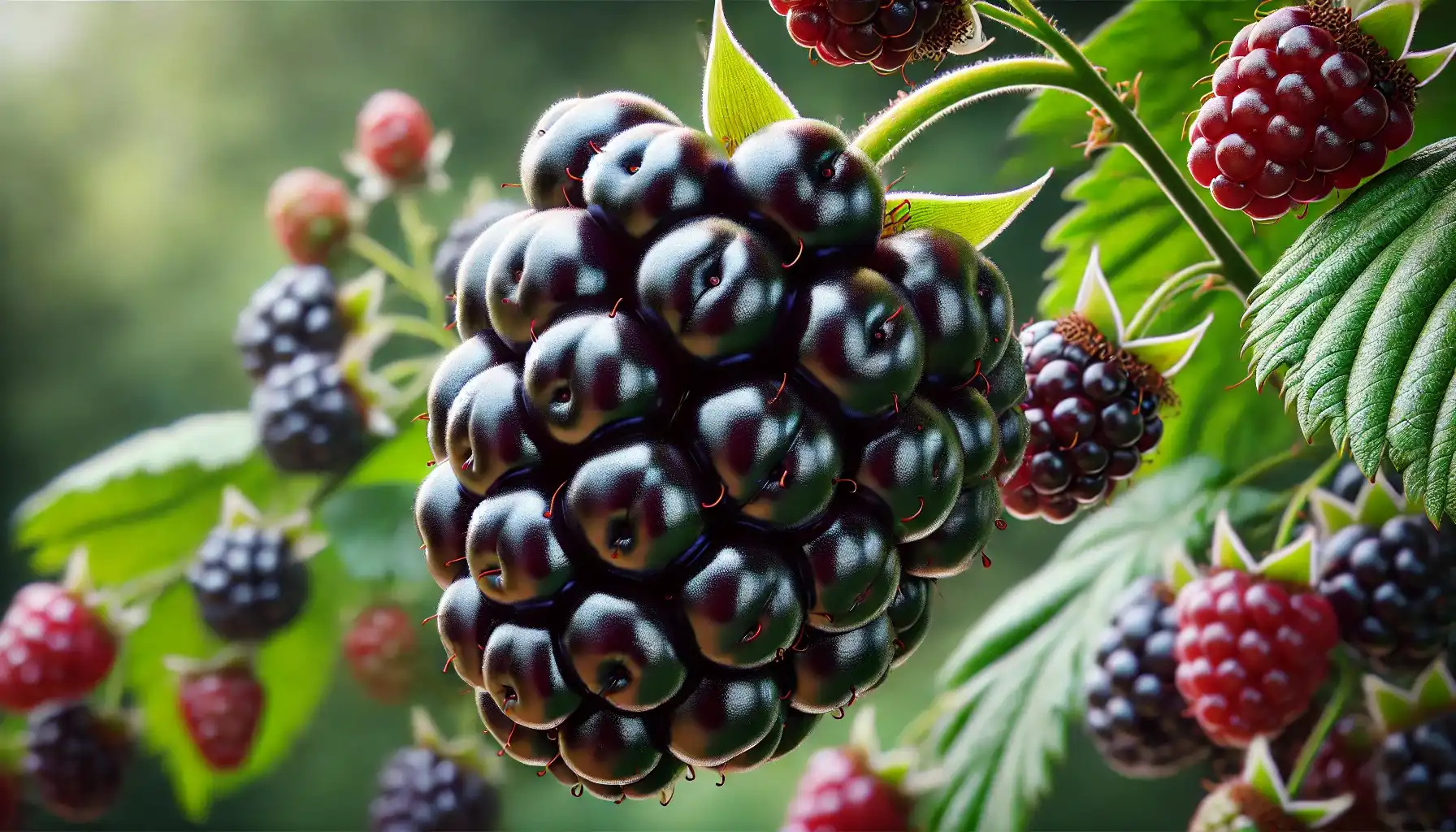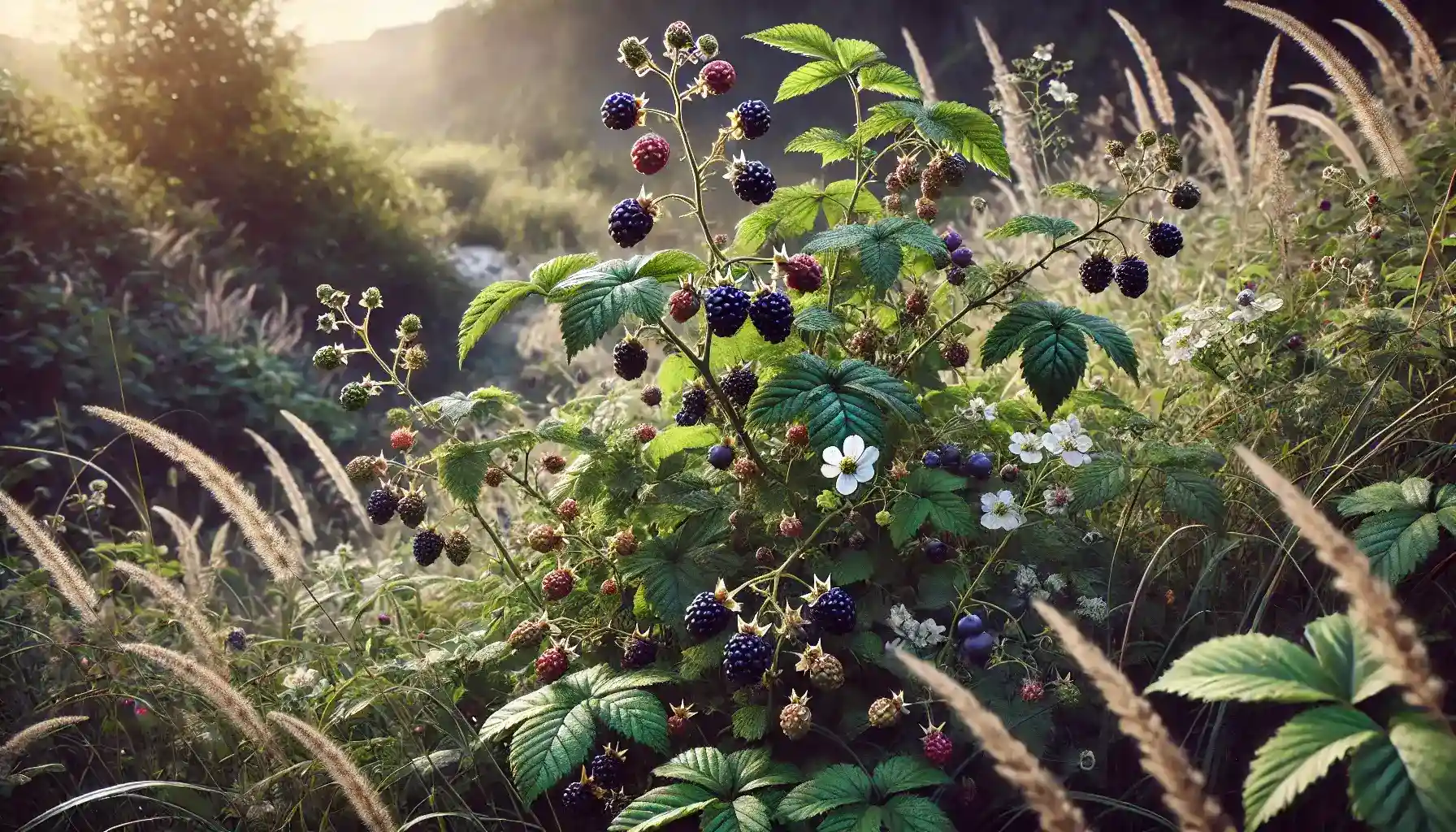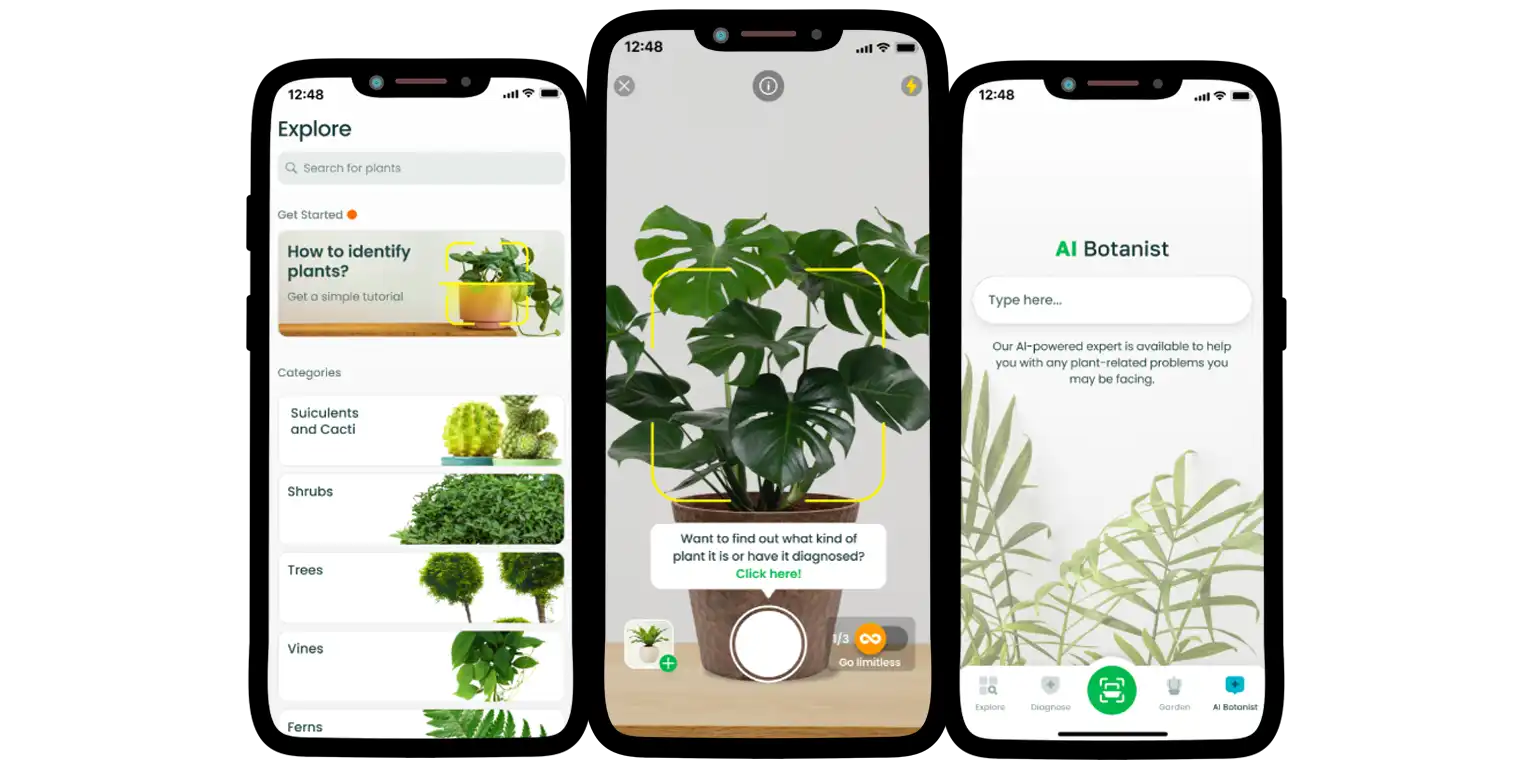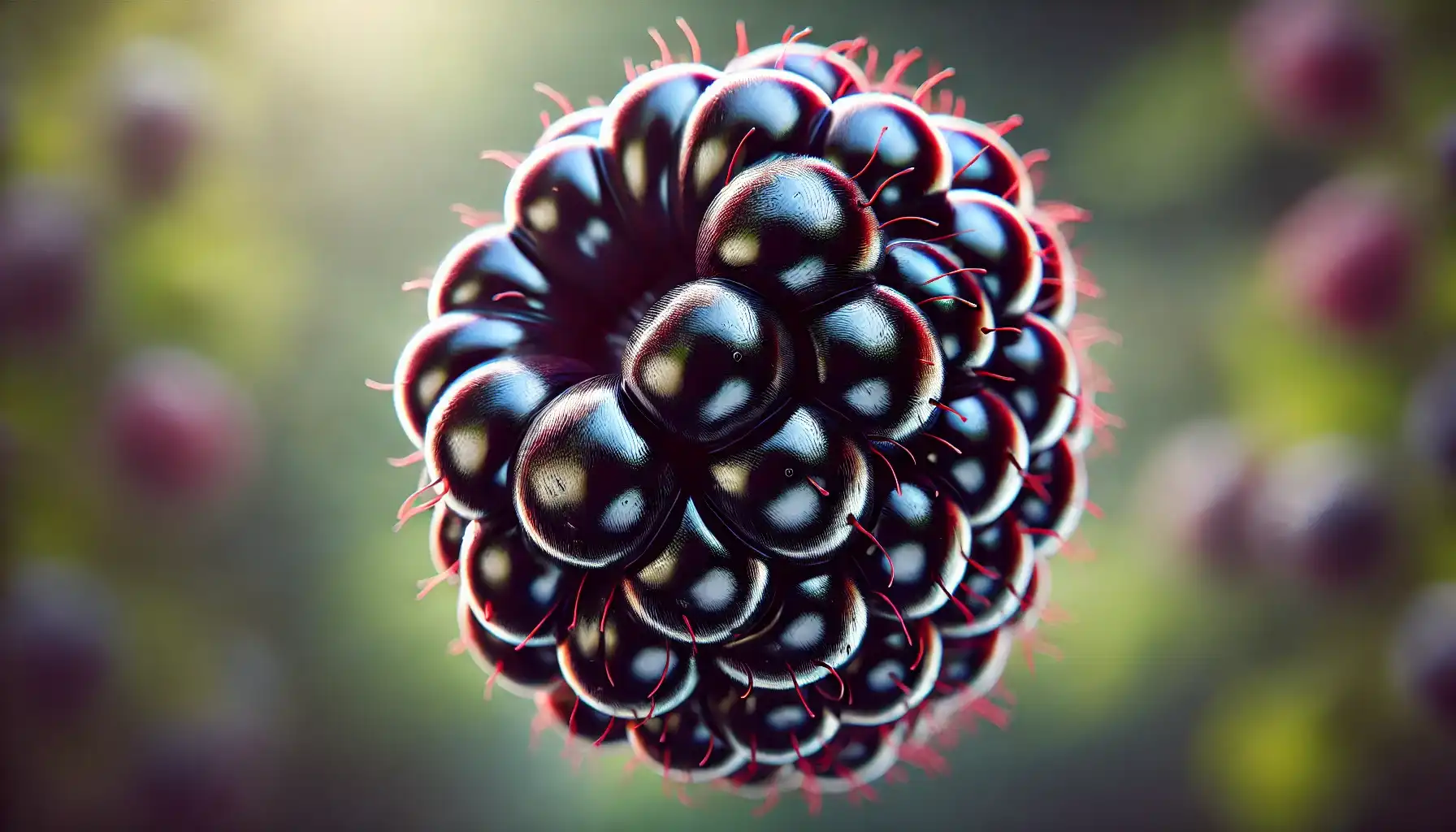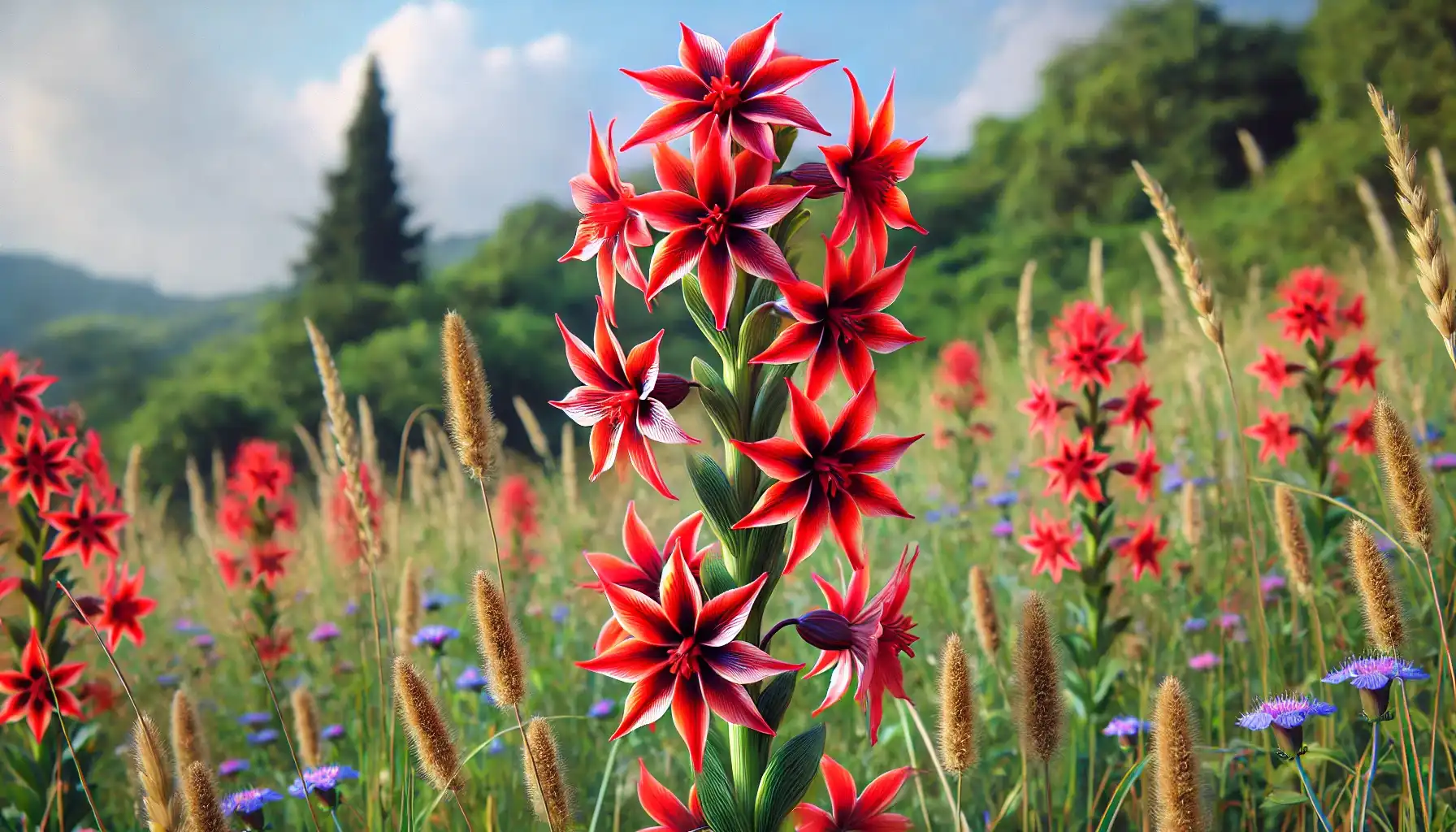What can be better than freshly harvested berries when on the hike? Nowadays, many people consider berry hunting as an irregular leisure activity, though it was originally seen as a part of the human’s daily routine. Being pleasant yet challenging, this venture attracts millions of people every season and still raises questions about proper and safe berry hunting for all.
What do blackberries look like when they go bad? How to identify the most delicious fruit on the spot? Where should you go hunting? Today, we would be happy to help you find the solutions to these and the related puzzles for a better experience and much joy.
What Do Blackberry Plants Look Like?
When one is searching for blackberries, it is important to know the most common traits of the fruit and its arrangement. So, what do blackberry bushes look like? In general, blackberry plants, i.e., representatives of the genus Rubus, are known as shrubs with thorny canes, green foliage, trailing stems, and drupelets, black-fruit clusters along the canes.
The leaves of the plant are compound, which means they are comprised of three to five vibrant green leaflets with serrated edges. What do blackberry flowers look like, by the way? As soon as spring hits, there appear small white to light pink flowers which are to turn into tasty berries in the end. At first, blackberries emerge as little green drupes, yet they gradually transform into red and, finally, black when ripe.
Nevertheless, gardeners who intend to gather blackberries should be aware of indicators signaling plant distress, thus avoiding the collection of fruits of questionable quality. First of all, canes of a sick plant may eventually turn black, shrivel, or exhibit cracks, thanks to fungal diseases that affect the taste and condition of berries as well.
Besides, when the blackberry plant is unhealthy, one may notice wilting, dieback, mold, and so on. Hence, these fruits are not the best option to gather and consume but avoid when hunting in the wild.
Blackberries and Their Twins
Though blackberries are unique fruits, they are often confused with their edible botanical twins, for they share the same (or almost the same) features, such as color and flavor, too. Among the plants that resemble blackberries, one may find black raspberries, dewberries, and mulberries, but how do we separate them from each other?
When comparing the above-mentioned plants to blackberries, one can see that the fruits of the blackberry lookalikes are a bit smaller.
While blackberries retain a core, raspberries come off with a hollow center, which is seen as their main difference (right after the flavors and sizes of the plants).
Though dewberries, grown on trees, may look just like blackberries, the latter have more upright growth patterns and always have bigger fruits.
In fact, mulberry, another blackberry’s doppelgänger, cannot be considered a true berry but an aggregate fruit without seeds in it.
Moreover, mulberries exhibit a more extensive array of colors, including rich reds, pristine whites, and deep blacks not to mention.
When and Where to Look for Blackberries?
As a rule, blackberry season starts in the late spring and early fall and lasts for a few months till October. Nonetheless, it usually depends on the climate, regional characteristics, the plant’s growth stage, etc.
The habitat of the blackberry plants may vary. As for the wild areas, blackberries often grow along the edges of forests, fields, meadows, abandoned lots, and even roadsides, where they can receive an adequate volume of sunlight and rest in shade, too. Mind that it is always better to consult local communities to find out where wild blackberries were spotted before so as not to get lost during the hunt.
Another area always full of blackberries should refer to the local gardens and farms, which is quite obvious. While it may appear unexciting, the last option provides the most benefits and ensures the plants are healthy enough to be harvested each year.
Essential Tips for Blackberry Hunters
Good preparation is always key to success, no matter where you go and what you look for, and Blackberry Hunt is no exception. Below, we have created a universal plan for those who struggle to know where to start but want to learn more about blackberry plants and start the journey with ease.
Before You Go
The first thing to do before entering the hunt is research the location in your region. With the use of foraging groups, online forums, and local guides, one may get acquainted with the local flora and know about the richest areas possible. Do not forget to prepare a bucket or basket to collect the berries and choose the appropriate looks, i.e., those with long sleeves, long pants, and hard shoes to protect yourself from thorns, insects, and other irritants of the outer world.
When on the Spot
As covered before, the true blackberries are deep black with a glossy finish. Nevertheless, identifying plants may be a bit more complicated than expected. This why we recommend that you use digital tools like AI Plant Finder downloaded on your smartphone for easy and quick gathering routine.
So, what should you do? When spotting a bush, point a camera directly in the AI Plant Finder app at the plant, take a photo, and explore relevant search results provided by the platform. With such a high level of accuracy, the app may ensure you collect the right berries and find the most fruitful areas in an instant.
One more thing to do is keep track of your discoveries. Like travelers of the past, we are free to record our explorations so as to refer to them further if necessary. Be mindful of your surroundings. Watch for wildlife and avoid areas that look potentially dangerous. Consult AI Botanist when you feel the threat to find the best ways out yet make this experience productive either way.
Speaking of the app’s potential, the AI Plant Finder is something more than just a plant explorer, but a real garden assistant that may help one set up plant care reminders, explore plants and their natural mechanisms, calculate water and light volumes for your plants to thrive, and much more. Try the app now and share your perspectives on social media.
After the Hunt
When berries are successfully collected and brought home, it is time to wash them properly. To do so, rinse the blackberries under cool running water before consuming them or using them in recipes. Always make sure you store fruits in shallow containers and refrigerate them before they are gone. Thus, you will be able to enjoy berries a bit longer and evoke a feeling of warmth even in the coldest days of the year.
Enjoy your berry-picking times and explore the world around you with curiosity and respect in your mind!
